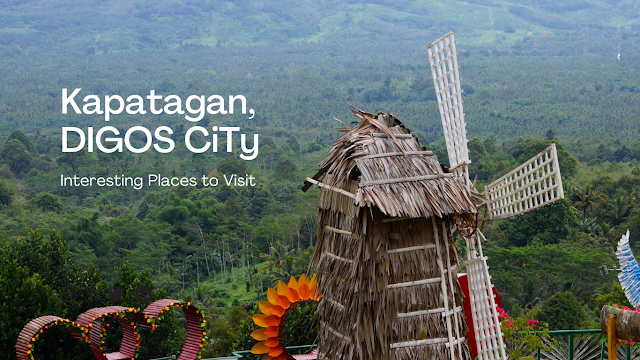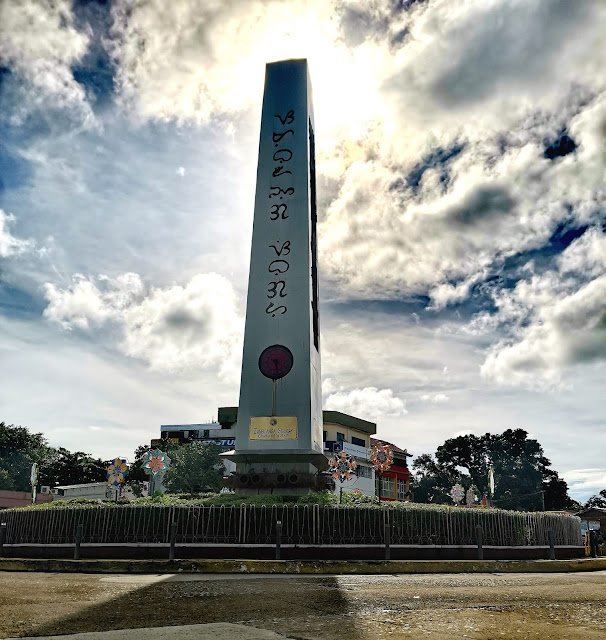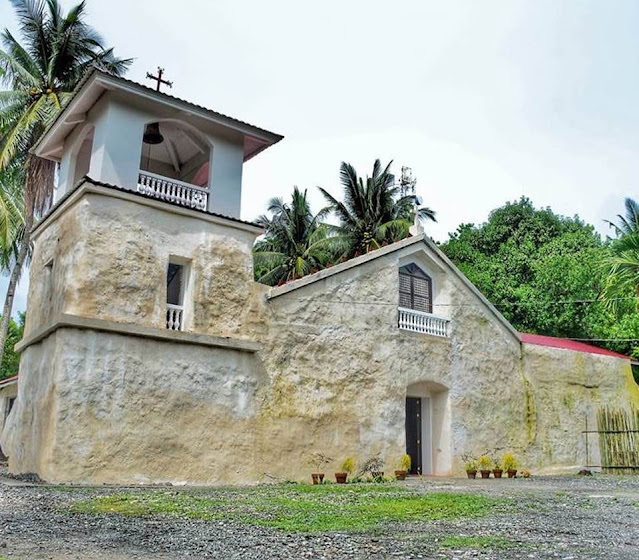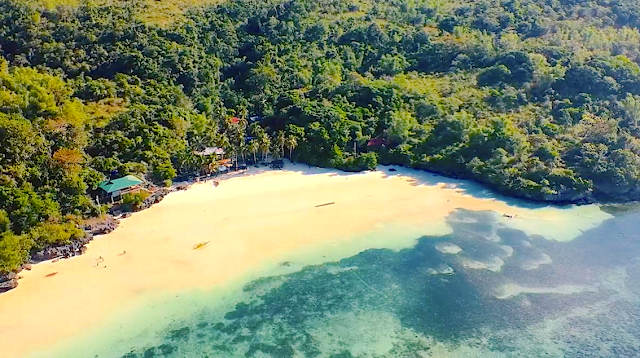Arakan, North Cotabato: A Haven for Nature Lovers
Arakan is a municipality located in the province of North Cotabato, Philippines. The area has a rich history that dates back to pre-colonial times. Arakan is also known for its cultural festivals, which showcase the town's rich history and traditions. The most popular festival is the Arakan Festival of Lights, which is celebrated in December and features parades, cultural performances, and fireworks.
In recent years, Arakan has also become a site of conflict between the Philippine military and rebel groups operating in the region. Despite these challenges, the town continues to thrive, and local residents remain optimistic about the future of their community.
Brief History
Pre-colonial era - Arakan was originally inhabited by the Manobo people, who lived in small, self-sufficient communities in the area's rugged terrain.
Spanish colonization - In the late 1800s, the Spanish established a presence in Arakan and the surrounding areas. The Spanish built churches and established settlements in the area, which eventually led to the spread of Christianity.
American colonization - The Americans took control of the Philippines in the early 1900s, and Arakan was no exception. The Americans built roads and schools in the area, and many local residents were recruited to serve in the Philippine Scouts, a branch of the US Army.
World War II - During World War II, Arakan was the site of several battles between Japanese and American forces. The town suffered significant damage during the war, and many local residents were killed or displaced.
Modern era - Following the war, Arakan slowly began to rebuild. The town has since become known for its agricultural industry, with rice, corn, and vegetables among the main crops grown in the area. Arakan is also home to several indigenous communities that continue to practice traditional customs and beliefs.
Today, Arakan is a bustling municipality with a rich cultural heritage and a growing economy. Despite its tumultuous past, the town has managed to overcome adversity and build a prosperous future for its residents.
Population, Poverty, and Economy
According to the 2020 census, the population of Arakan is around 65,000 people. The majority of the population are indigenous groups, particularly the Manobo people.
Like many rural areas in the Philippines, poverty remains a significant challenge in Arakan. The poverty incidence in the municipality was estimated to be around 46% in 2018. However, the government and various organizations have initiated poverty alleviation programs to help improve the livelihoods of the people.
Arakan's economy is primarily based on agriculture, with rice and corn being the main crops grown in the area. Other agricultural products include vegetables, fruits, and livestock. The municipality also has some small-scale mining operations, particularly for gold and other minerals.
In recent years, there have been efforts to develop eco-tourism in Arakan, particularly around the Asik-Asik Falls. The local government has implemented measures to protect the environment and improve tourism infrastructure, which has helped to boost the local economy and provide employment opportunities for residents.
Overall, while poverty remains a challenge in Arakan, the town's economy has the potential to grow through the development of its agricultural and tourism industries. The government and other organizations continue to work towards improving the standard of living for the people of Arakan.
THINGS TO DO
Arakan is a beautiful town untouched. Although tourism is not yet fully developed in the area, there are still several attractions that visitors can enjoy.
- Asik-Asik Falls - One of the most popular attractions in Arakan is the Asik-Asik Falls, a stunning waterfall nestled in the mountains. Visitors can hike to the falls and enjoy swimming in the cool waters.
- Hiking and trekking - Arakan is surrounded by scenic mountains, making it a great destination for hiking and trekking. Visitors can explore the rugged terrain and enjoy panoramic views of the surrounding landscape.
- Cultural immersion - Arakan is home to several indigenous groups, including the Manobo, Matigsalug, and Tigwahanon. Visitors can learn about their culture and traditions by visiting local communities and attending cultural festivals.
- Agritourism - Arakan is an agricultural town, and visitors can learn about the local farming practices by visiting farms and participating in activities such as rice planting or vegetable harvesting.
- Nature appreciation - Arakan is a beautiful town surrounded by lush forests, rivers, and waterfalls. Visitors can simply relax and enjoy the scenery, or engage in activities such as birdwatching or wildlife spotting.
Overall, Arakan offers a great opportunity for visitors to experience the natural beauty and rich culture of Mindanao. With the development of tourism infrastructure and the implementation of sustainable tourism practices, Arakan has the potential to become a popular eco-tourism destination in the Philippines.
Schools: Arakan has several schools, including the Arakan National High School, Arakan Central Elementary School, and Arakan Community High School.
Transportation: Arakan can be reached via the Davao-Cotabato National Road which passes through the municipality. The nearest airport is Awang Airport in Cotabato, approximately an hour and a half drive.








